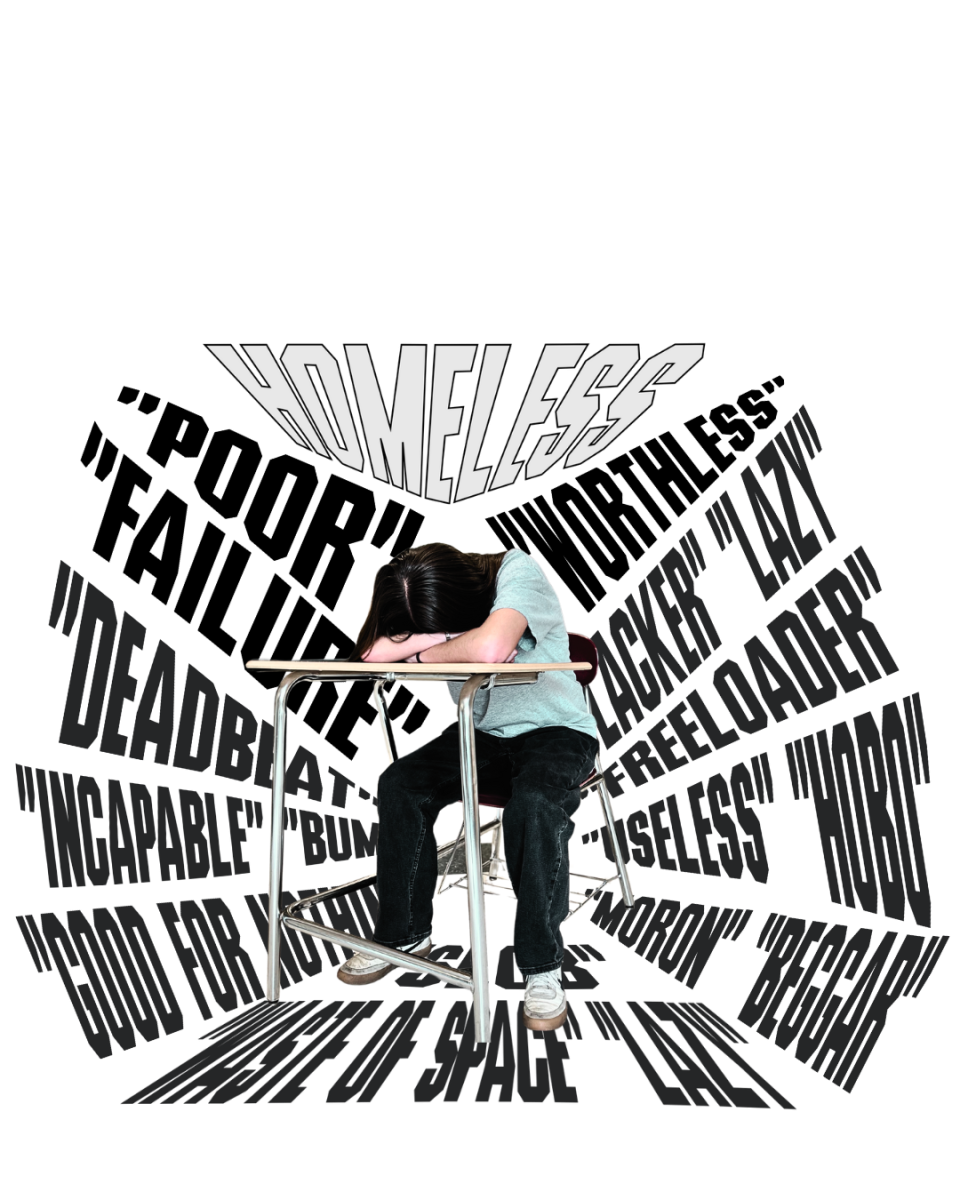Why inclusive sex education is vital to EPSD students and their health
January 13, 2022
This previously ran in our December 2021 print issue.
Every fall, the Emmaus High School administration updates the Program of Studies, the unofficial bible of courses that guide the futures of 2,000-plus lives. What can our school do to improve learning in the next academic year?
Well, for 2022-23, EHS plans to offer two new courses: lifeguarding and mindfulness. Both fill needed voids. Yet, it leaves students with an educational chasm on one of the most important topics in their hormone-filled lives: sex.
To be blunt, East Penn is failing many of its students in the realm of sex education.
Sure, East Penn checks some boxes in the current health curriculum, which includes sex ed. Students learn about puberty, relationships, and the reproductive system. Yet this same curriculum omits some of the most important aspects of sex education, according to national standards.
The National Sex Education Standards for 2020 sets guidelines for what students should learn from sex education by grade level. Written in collaboration with forty individuals from the fields of health education, sex education, public health, public policy, philanthropy, and advocacy, the standards have been endorsed by more than 10 organizations, including the Center for Human Sexuality Studies at Widener University as well as the American School Health Association.
These standards include seven categories: anatomy and physiology, puberty and adolescent sexual development, gender identity and expression, sexual orientation and identity, sexual health, consent and healthy relationships, and interpersonal violence. The ones that East Penn lacks in the most as per its curriculum for health classes are gender identity and expression, sexual orientation and identity, and sexual health.
According to the standards, by 5th grade, students should be able to distinguish between assigned sex at birth and gender identity and how they may not always be the same. Students should also be able to understand and describe how gender identity exists along a spectrum, and how gender role stereotypes impact day-to-day life. Also by the end of elementary school, students should know what sexual orientation is.
By 8th grade, students should be able to name a variety of sexual identities, including but not limited to, straight, lesbian, gay, bisexual, or asexual.
By 10th grade students should know not only different methods of contraception besides abstinence, but also know how to access and use them. By this time, they should also be able to consider how someone’s intersecting identities may inform their views about gender, gender roles, and gender presentation.
Think back over your education at East Penn. Which of the above were you taught? Chances are, you learned about some of these topics—and not others.
Maybe you learned about contraceptives in the 8th grade, as well as transmission methods for sexually transmitted infections (STIs) such as HIV and HPV. What you probably didn’t learn: how the previously mentioned topics affect queer people. When it comes to East Penn sex ed, it’s as if queer people just don’t exist.
This, of course, harms LGBTQ+ students, who often must turn to the Internet and friends in order to learn about healthy relationships, how their bodies function, and how to practice safe sex. Research shows that these types of knowledge gaps lead to negative sexual health outcomes, STIs, and sexual violence. This is especially egregious in an age post-AIDS-epidemic, which was partly caused by a lack of education.
The deep holes in the sex-ed curriculum also affects the overall school climate. Inclusive sex ed would help create a more welcoming school atmosphere for all, where everyone understands one another. Surveys show that students who attend schools with inclusive sex ed feel more welcome in school in general. Rates of bullying and harassment are lower in these schools, as are truancy rates.
By improving school climate and reducing bullying, inclusive sex education, however, would benefit all students, not just LGBTQ+.
Sex ed that is in line with the National Sex Education Standards is extremely important to the health of students overall, but especially LGBTQ students who are often left out by traditional conversations on sex and development. By reflecting these standards, educators can feel certain that they are providing the information that students need to thrive as successful and healthy adults.










